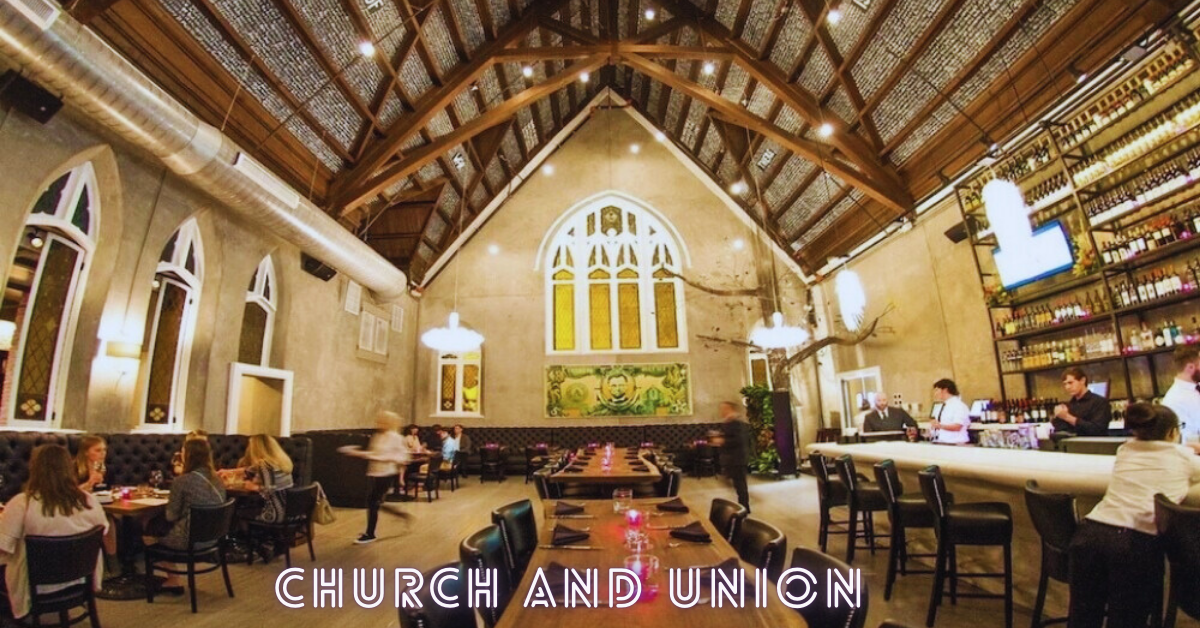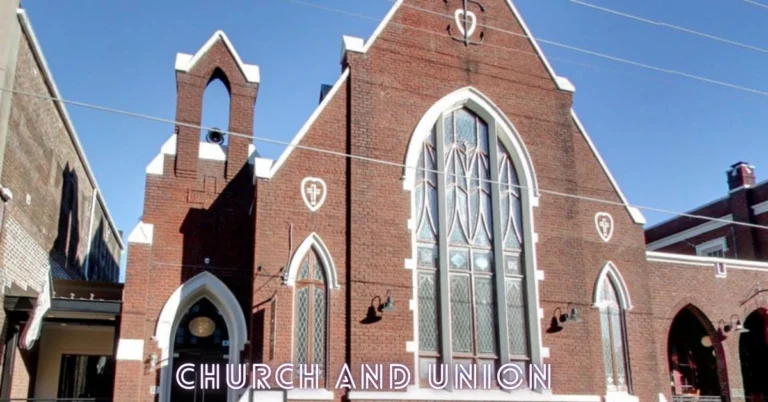The relationship between the church and union movements has been a complex and multifaceted one throughout history. Both institutions have had a significant impact on social and political landscapes, often intersecting in ways that have shaped the course of history. This exploration aims to delve into the intricate dynamics between these two powerful entities, examining their roles, interactions, and the broader implications of their relationship.
Historical Context of the Church and Union Movements
The church, as an institution, has long played a central role in communities worldwide, often influencing social and moral norms. Similarly, the union movement emerged as a response to the Industrial Revolution, advocating for workers’ rights and better working conditions. Understanding the historical context of these movements is crucial to grasping their interactions and mutual influences.
The Church’s Social Doctrine and Labor Rights
The Catholic Church, among other religious institutions, has articulated a social doctrine that includes the promotion of labor rights and social justice. Encyclicals such as Rerum Novarum by Pope Leo XIII and Quadragesimo Anno by Pope Pius XI highlight the church’s stance on workers’ rights and social equity, laying a foundation for its involvement in labor issues.
The Emergence of Labor Unions
Labor unions began to form in the 19th century as workers sought to address the harsh conditions of industrial labor. These unions aimed to improve wages, working hours, and overall labor conditions. The rise of unions was a direct response to the exploitation and injustices faced by workers, setting the stage for future interactions with religious institutions.
The Church’s Response to the Union Movement
Initially, the church’s response to the union movement was mixed. While some church leaders supported the aims of unions, others were cautious or opposed due to concerns about socialism and radicalism. The church’s stance evolved, influenced by changing social and political contexts.
Church Support for Labor Movements
Throughout history, there have been notable instances where church leaders and institutions have supported labor movements. For example, in the United States, figures like Monsignor George Higgins played a crucial role in advocating for workers’ rights and fostering dialogue between the church and labor unions.
The Role of Religious Leaders in Labor Struggles
Religious leaders have often been at the forefront of labor struggles, using their platforms to advocate for workers’ rights and social justice. Their involvement has ranged from supporting strikes to negotiating labor agreements, highlighting the significant impact of religious figures on labor issues.
The Intersection of Religion and Politics in Union Movements
The intersection of religion and politics in union movements has been a point of contention and collaboration. In some cases, religious institutions have influenced political decisions related to labor laws and policies. Conversely, union movements have sometimes sought to align with religious groups to bolster their causes.
Modern-Day Church and Union Relations
In contemporary times, the relationship between the church and unions continues to evolve. Issues such as globalization, technological advancements, and changing labor markets have reshaped the dynamics between these institutions. Modern church leaders and union representatives are navigating new challenges and opportunities for collaboration.
Challenges and Controversies in Church-Union Relations
Despite their common goals, church-union relations have not been without challenges and controversies. Disagreements over specific policies, the role of religion in secular labor movements, and differing priorities have sometimes led to tensions between these institutions.
The Impact of Globalization on Church and Union Dynamics
Globalization has had a profound impact on the relationship between the church and unions. The increasing interconnectedness of economies and labor markets has introduced new complexities and opportunities for cooperation. Religious institutions and unions must adapt to a globalized context while addressing local concerns.
The Future of Church and Union Relations
Looking ahead, the future of church and union relations will likely be shaped by ongoing social, economic, and political changes. Both institutions face new challenges and opportunities in addressing contemporary issues such as inequality, labor rights, and social justice.
The Role of Interfaith and Interunion Dialogue
Interfaith and interunion dialogue play a crucial role in fostering cooperation and understanding between religious and labor institutions. By engaging in dialogue, these groups can address common concerns, share resources, and work together to advance mutual goals.
Church-Union Partnerships
Examining successful partnerships between the church and unions can provide valuable insights into effective collaboration. Case studies from various regions and contexts highlight how these institutions can work together to achieve shared objectives and promote social justice.
FAQ’s
1. What is the relationship between the church and labor unions?
The relationship between the church and labor unions varies historically and regionally. While some religious institutions have supported labor unions and their efforts for workers’ rights, others have been cautious or opposed due to concerns about socialism and radicalism. Over time, many churches have engaged with unions to advocate for social justice and labor rights.
2. How did the church initially respond to labor unions?
Initially, the church’s response to labor unions was mixed. Some church leaders supported unions’ goals for better working conditions and social justice, while others were wary of the socialist ideologies associated with certain unions. The church’s stance evolved with changing social and political contexts.
3. What are some examples of church support for labor movements?
Notable examples include Monsignor George Higgins in the United States, who advocated for workers’ rights and facilitated dialogue between the church and labor unions. Similarly, various religious leaders globally have supported labor strikes and negotiations to improve working conditions.
4. How has globalization impacted the church-union relationship?
Globalization has introduced new challenges and opportunities for church-union relations. It has affected labor markets and economies, prompting both institutions to adapt their approaches to address global concerns while maintaining focus on local issues.
5. What role do religious leaders play in labor struggles?
Religious leaders have played significant roles in labor struggles by advocating for workers’ rights, supporting strikes, and negotiating labor agreements. Their involvement often brings moral and ethical perspectives to labor issues.
Conclusion
The interplay between the church and unions is a testament to the complex nature of social and political institutions. From historical roots to contemporary challenges, their relationship has been marked by both collaboration and contention. As they navigate an ever-changing world, their ability to work together in pursuit of common goals will continue to be a defining feature of their impact on society.
Read More: Carcomolaints: Understanding and Addressing Common Issues







